You and the Sun: 10 Burning Questions
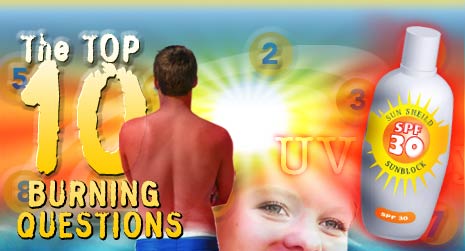
What's the best way to treat a burn?
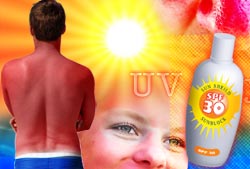
It may take a day before you see the full rosy damage. Pop aspirin immediately? It may lessen early development of sunburn. Drink water. Treat first- and second-degree burns with cool baths, moisturizers such as aloe vera and hydrocortisone creams. See your doctor if burns accompany headache, chills, or fever.
A little redness never hurt anyone, right?
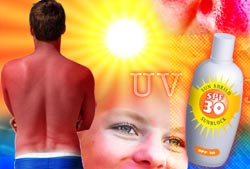
Wrong. Exposure to UV rays can mutate your cells and cause cancer. Blistering sunburns during childhood and adolescence increases your risk of developing skin cancer as an adult, because melanoma has more time to develop over your lifetime. Other nasty effects: wrinkled and leathery skin, brown sunspots, and cataracts.
Why are we more likely to get sunburns on the beach?
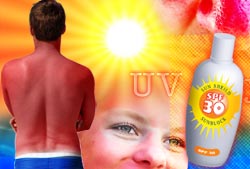
The sun's rays can reflect off of sand and water (snow, too). And there are other factors: UV is strongest in the summertime, at midday, at higher altitudes, and close to the equator. Even on a gray day, up to 80 percent of the sun's rays can pass through clouds, mist, and fog.
Is SPF 30 twice as good as SPF 15?
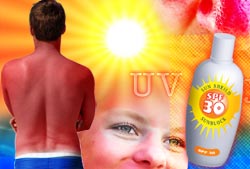
Not quite. SPF tells you how long you have before you burn. Wearing SPF 2 lets you stay in the sun twice as long as without. An SPF 30 gives you 30 times your natural protection, and deflects 97 percent of the sun's burning rays, whereas SPF 15 deflects 93 percent.
How does sunscreen work?
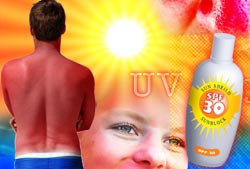
The most effective sunscreens protect against both UVA and UVB rays. They work by either chemically absorbing UV rays or deflecting and bouncing them off your body.
Why don't redheads tan?
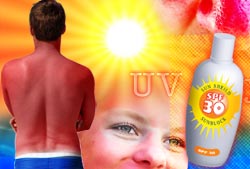
Melanin helps the body filter out UV radiation, but it also can be harmful. Pheomelanin, the type of melanin that makes red and blonde hair and fair skin, actually increases the risk for sun damage, such as sunburn and skin cancer.
Why does skin tan?
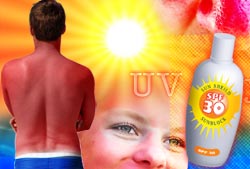
In response to the UV rays frying your inner layer of skin, your body produces more melanin pigment that darkens the skin. The pigment absorbs the radiation and protects cells from damage. Most people don't tan after just one day at the beach, or one session in the tanning bed, because it takes time to make melanin.
What causes sun-kissed skin to burn and itch?
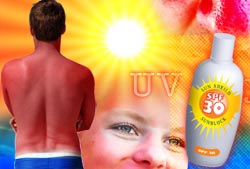
Damaged cells send messages to your brain, signaling they're injured and activating pain receptors, which makes your skin sensitive to touch
Why does sunburned skin turn red?
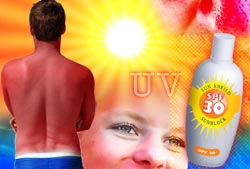
To repair the damage and remove the dead cells, blood vessels expand and blood flow increases to the burned parts of your body. The extra blood turns your skin red and warm.
How does the sun burn skin?
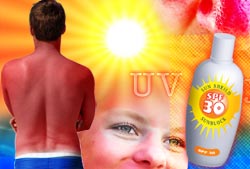
While you bake in your lounge chair, ultraviolet light from the sun zaps through your skin and kills living cells that normally work to help make new skin. Ultraviolet A, UVA, can travel more deeply into the skin, but both UVA and UVB rays can burn skin.
Sign up for the Live Science daily newsletter now
Get the world’s most fascinating discoveries delivered straight to your inbox.










